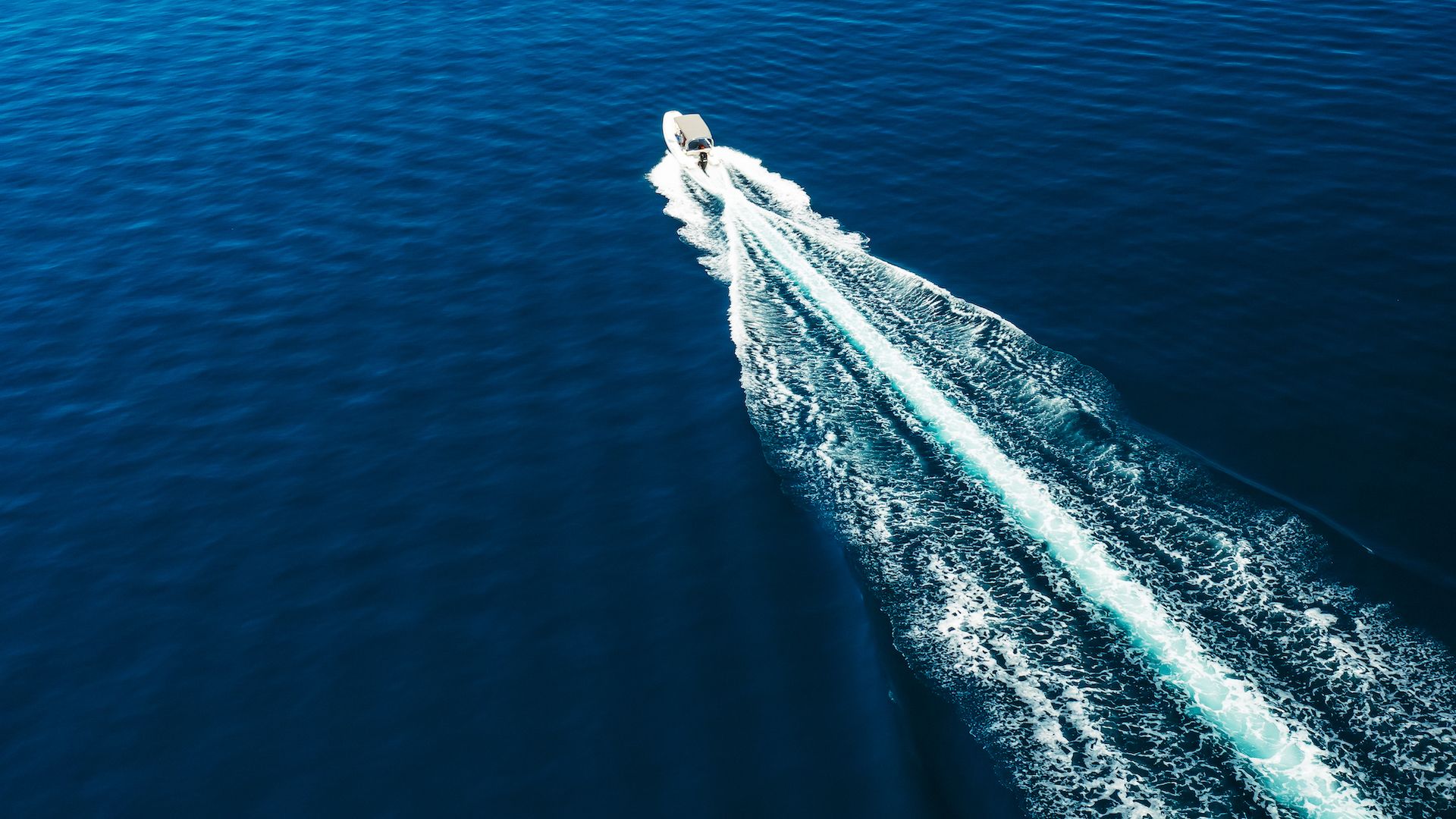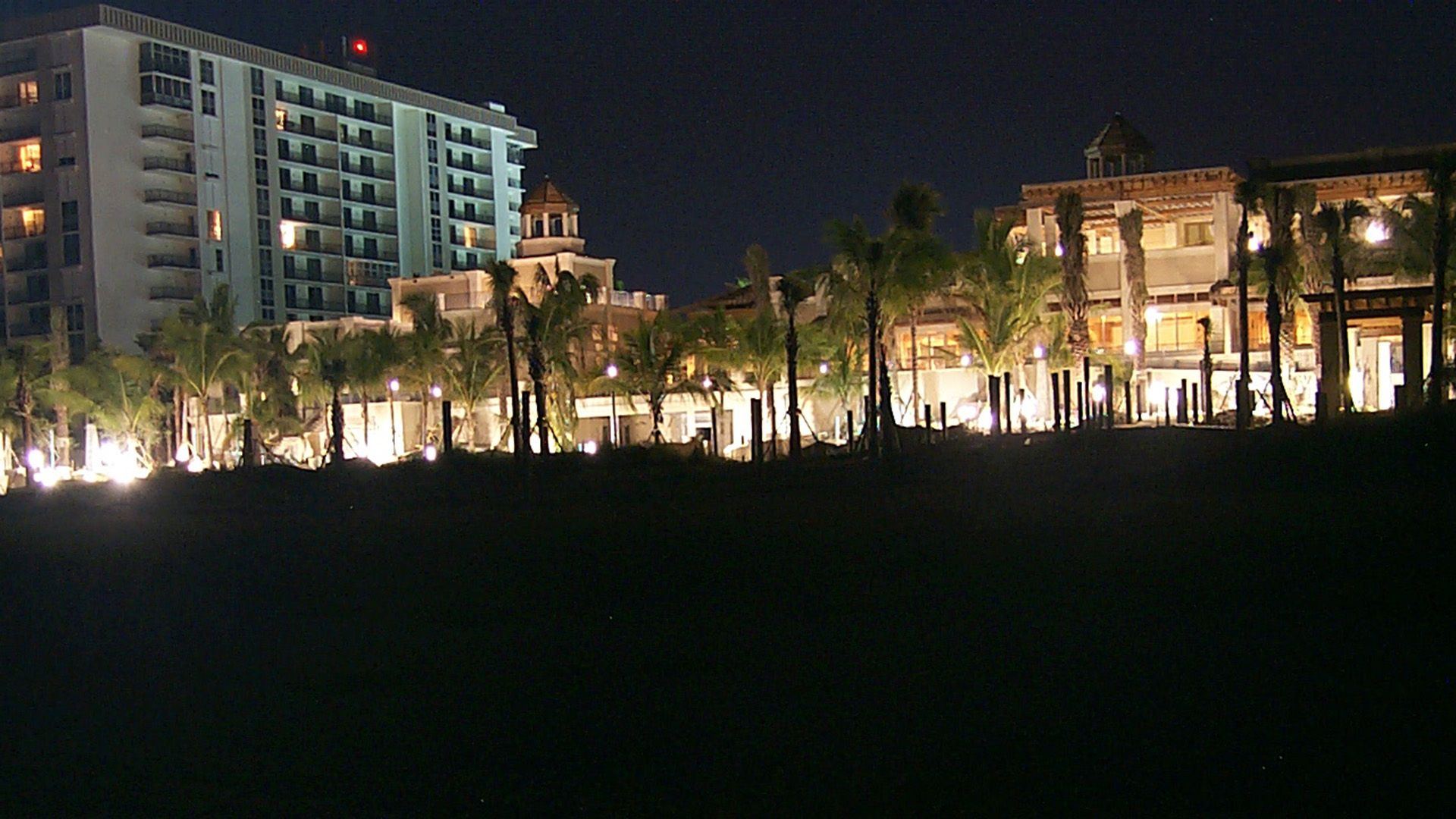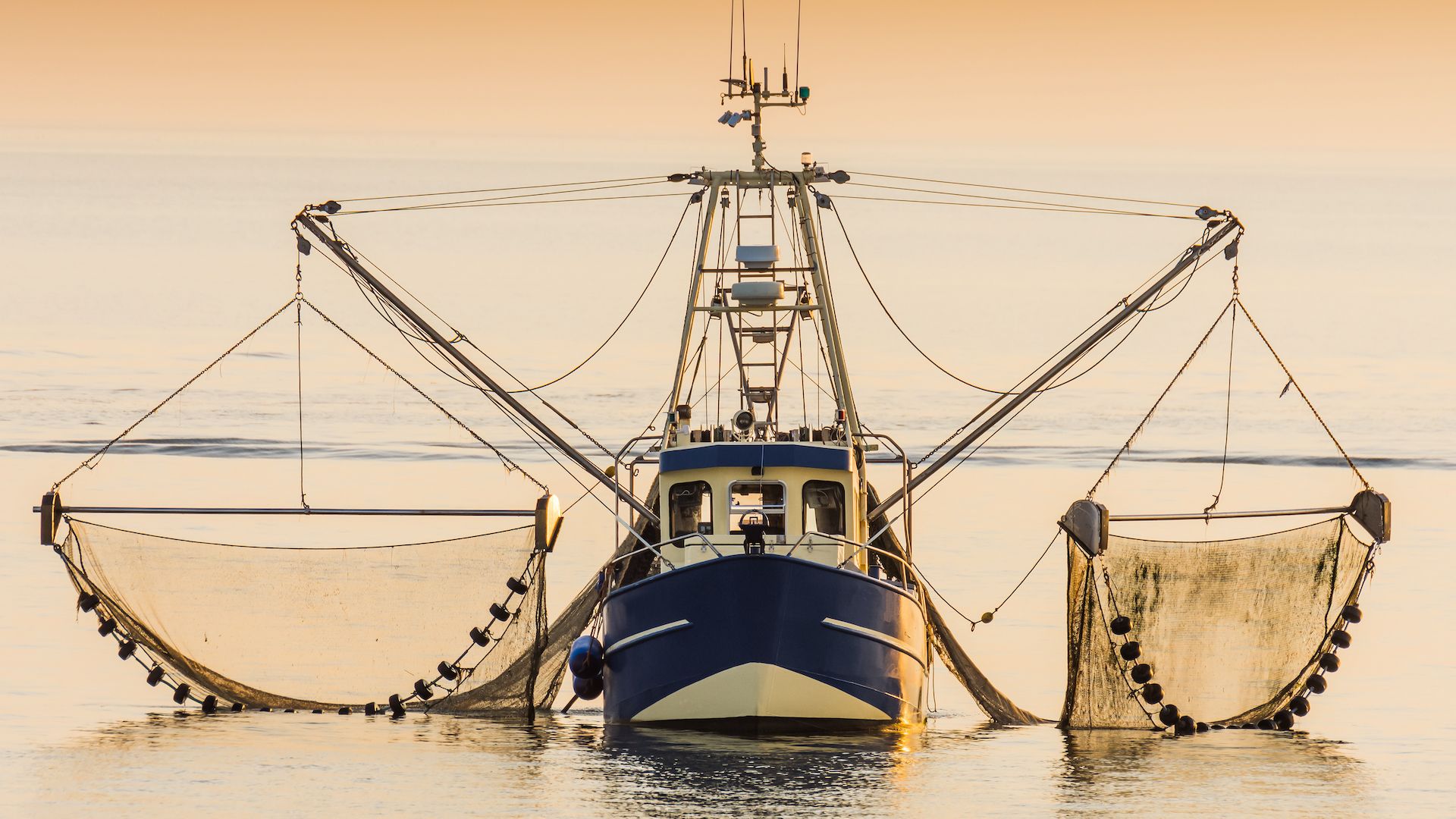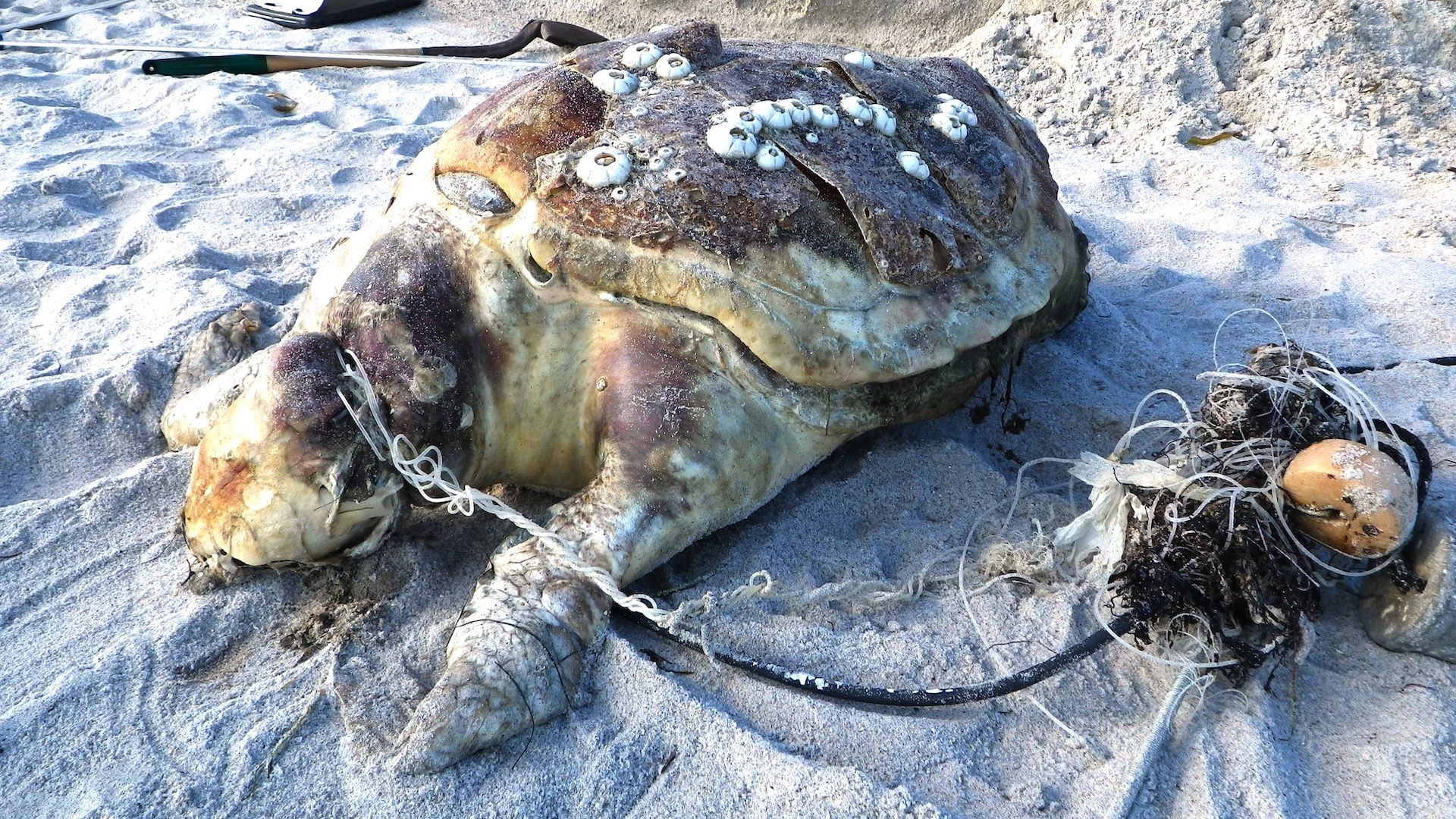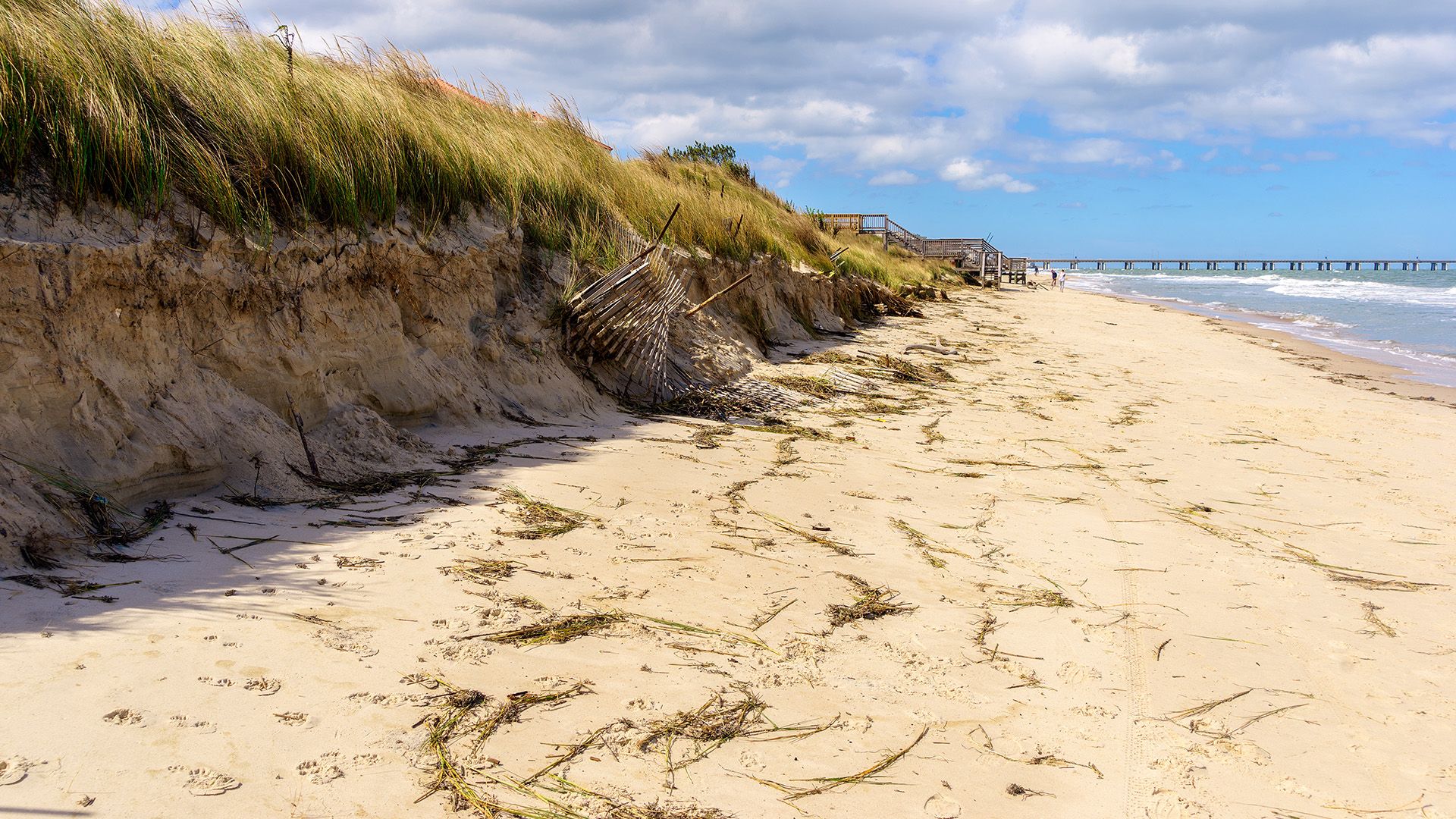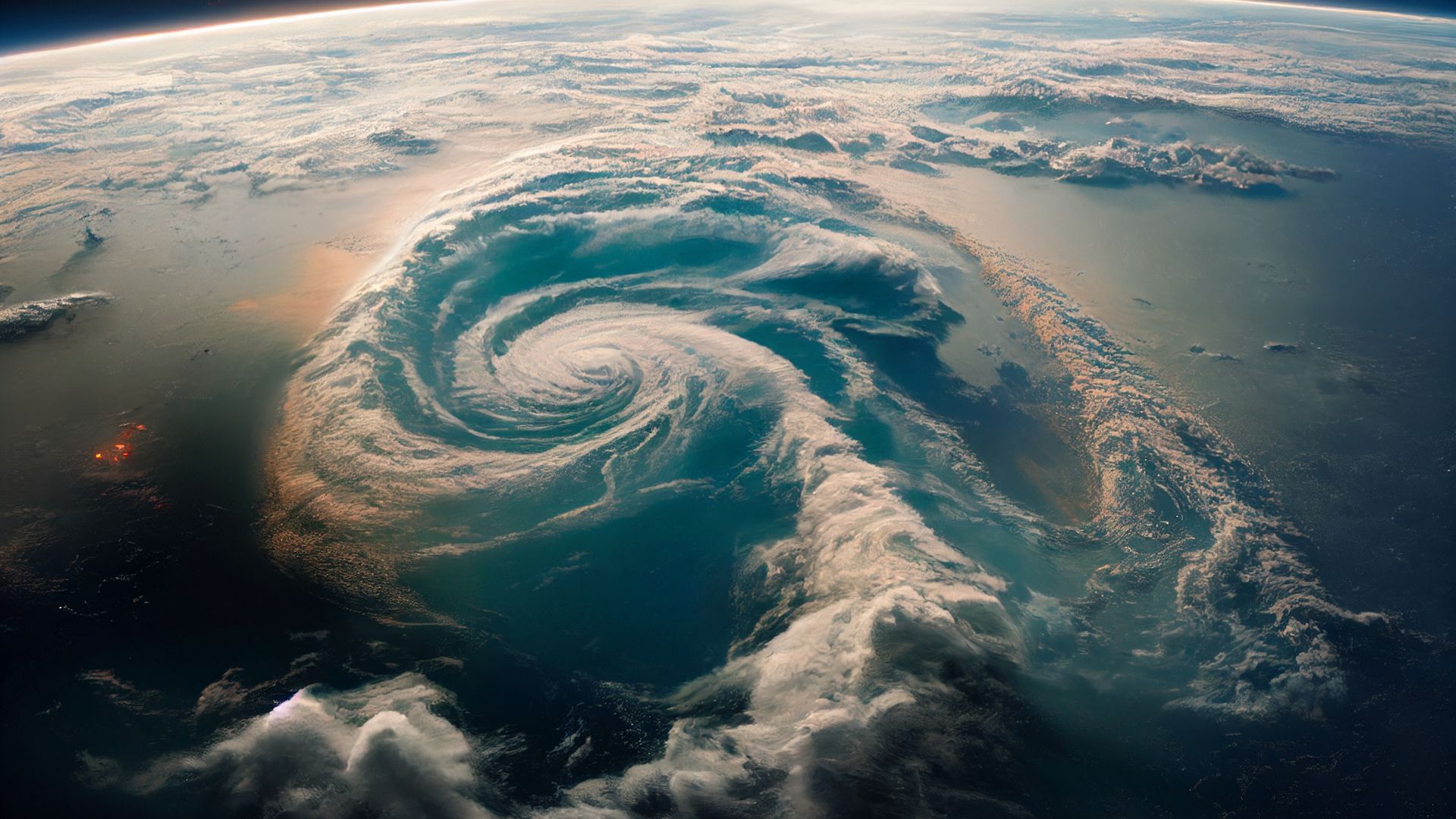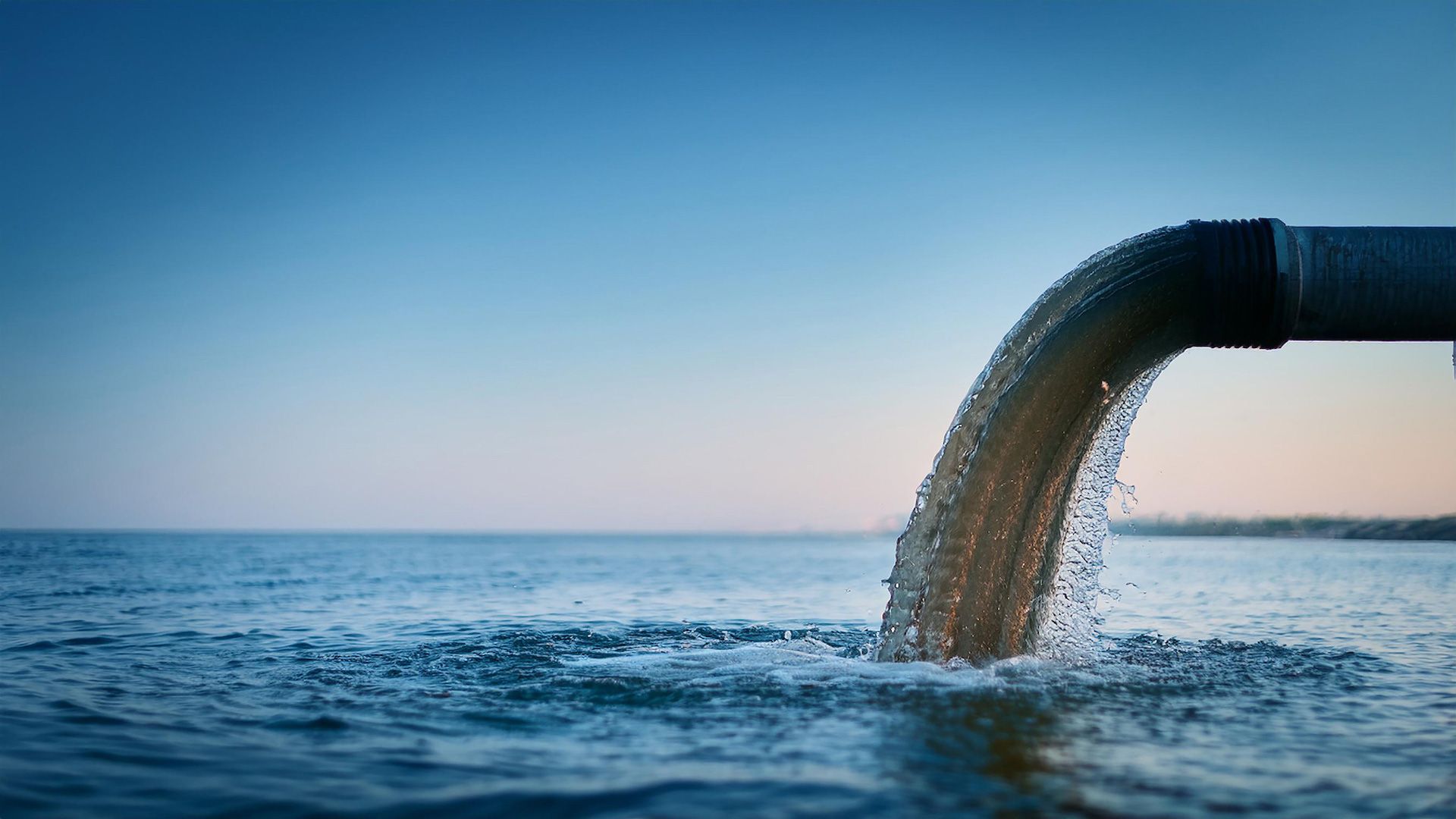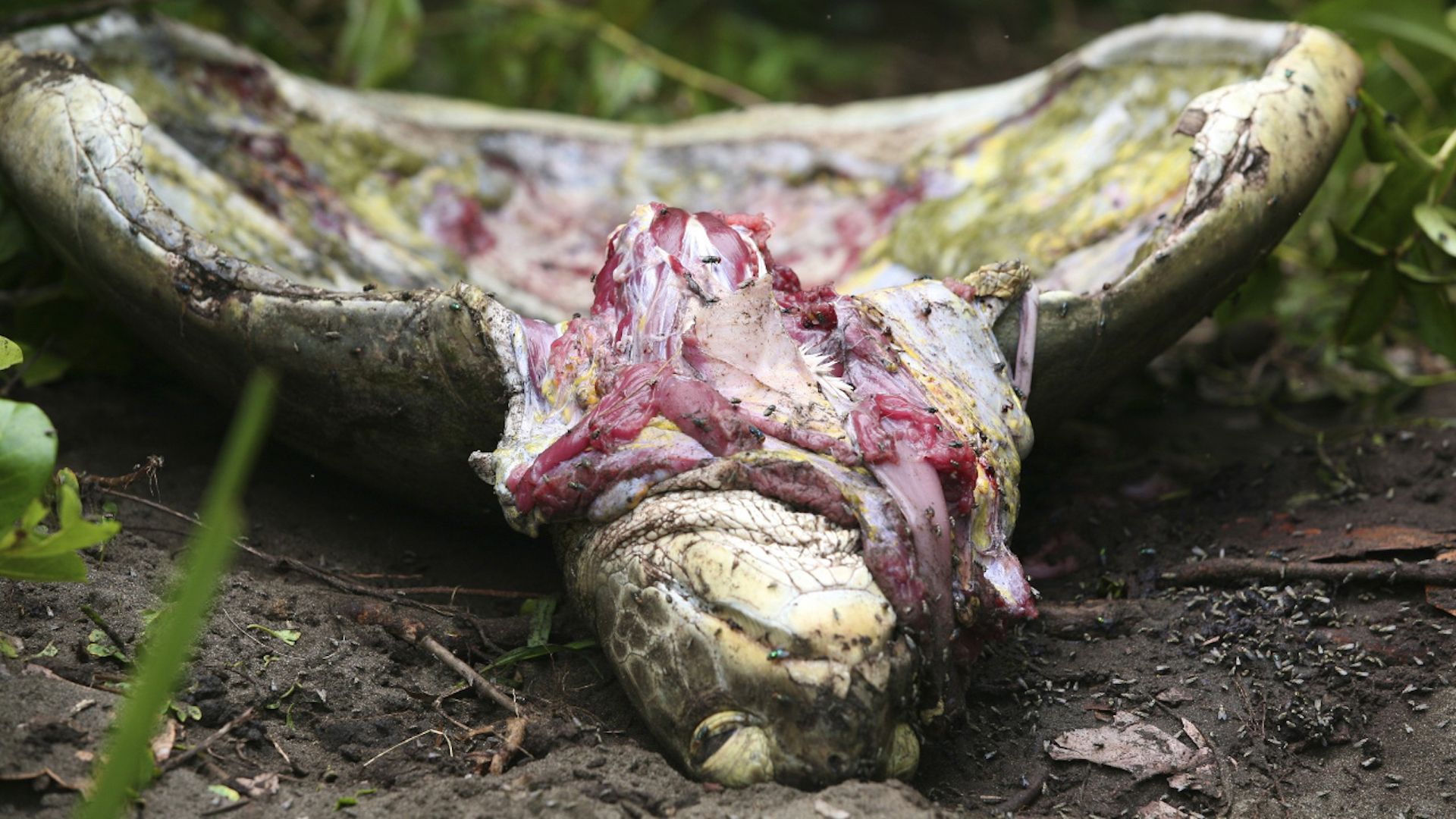Threats to Sea Turtles
Facing an Escalating Crisis
Sea turtles, ancient navigators of our oceans, are facing an escalating crisis. Millions of sea turtles once roamed the earth’s oceans, but now only a fraction remain. The earliest known sea turtle fossils are about 150 million years old. But in just the past 100 years, demand for turtle meat, eggs, skin and colorful shells has dwindled their populations. Destruction of feeding and nesting habitats and pollution of the world’s oceans are all taking a serious toll on remaining sea turtle populations. Many breeding populations have already become extinct, and entire species are being wiped out. There could be a time in the near future when sea turtles are just an oddity found only in aquariums and natural history museums – unless action is taken today.
